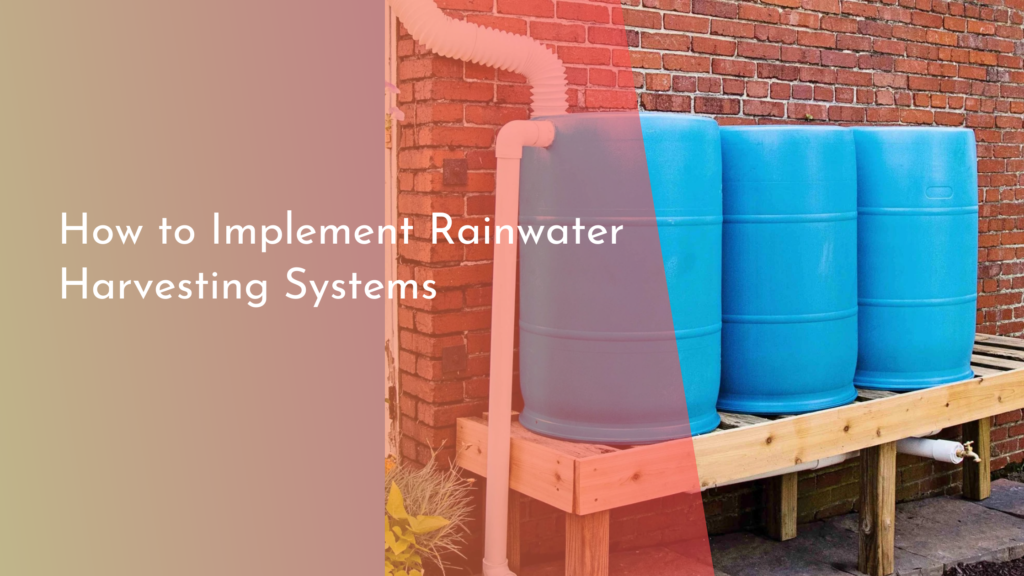The Environmental Impact of Reusable vs. Disposable
In recent years, the conversation around sustainable living has gained significant momentum, with reusable and disposable products at the forefront of this dialogue. As awareness of environmental issues grows, individuals and organizations are increasingly looking for ways to reduce their ecological footprint. This article explores the environmental impact of reusable versus disposable items, the hidden costs associated with single-use products, and the benefits of making the switch to more sustainable alternatives. By understanding these differences, we can make informed choices that contribute to a greener future.
Understanding Reusable and Disposable Options
Reusable products are designed for multiple uses, typically made from durable materials such as stainless steel, glass, or cotton. They include items like water bottles, shopping bags, and food containers, which can be cleaned and reused over extended periods. The initial investment in reusable items may be higher, but the long-term savings and reduced environmental impact make them a popular choice for those committed to sustainability. These products emphasize the importance of minimizing waste and conserving resources by limiting the need for constant replacement.
In contrast, disposable products are designed for single-use, offering convenience and ease of disposal. Common examples include plastic bags, paper cups, and food packaging. Although typically cheaper upfront, their environmental cost is significantly higher than their reusable counterparts. Disposable items contribute to massive waste generation, often ending up in landfills or polluting natural environments. This one-and-done approach places a significant burden on ecosystems and natural resources, prompting a critical evaluation of their long-term sustainability.
Environmental Cost of Disposable Products
The environmental cost of disposable products is staggering, with millions of tons of plastic waste generated annually. Single-use plastics, such as straws and packaging, often end up in oceans, posing a severe threat to marine life and ecosystems. These materials take hundreds of years to decompose, leaching harmful chemicals into the soil and water. Furthermore, the production of disposable items relies heavily on fossil fuels, contributing to greenhouse gas emissions and accelerating climate change.
Moreover, the disposal process of single-use items supports a "throwaway culture" that undermines environmental conservation efforts. Landfills are rapidly filling up, and the incineration of waste releases toxic pollutants into the air. The environmental degradation associated with disposable products highlights the urgent need to reduce our reliance on such items. By understanding these implications, we can better appreciate the value of transitioning to more sustainable solutions.
Benefits of Switching to Reusable Items
Adopting reusable products offers numerous environmental benefits, foremost of which is the significant reduction in waste generation. By opting for reusable bags, bottles, or containers, individuals can drastically cut down on the amount of trash they produce. This shift not only eases the burden on landfills and waste management systems but also reduces pollution in natural habitats. In turn, this fosters a healthier environment for both humans and wildlife.
Beyond environmental gains, choosing reusable options can also lead to substantial economic benefits. Although the initial cost may seem higher, the savings accrued over time from not constantly purchasing disposable items can be significant. Moreover, supporting the market for reusable products encourages innovation and sustainable business practices. This economic shift towards sustainability can drive broader systemic change, fostering a circular economy that values resource conservation and long-term thinking.
Making Sustainable Choices for a Greener Future
Making sustainable choices involves a conscious effort to integrate eco-friendly habits into daily life. Simple changes, such as carrying a reusable water bottle or shopping with cloth bags, can have a profound impact on the environment. These actions not only reduce waste but also inspire others to follow suit, creating a collective movement towards sustainability. Education and awareness are crucial in empowering individuals to make informed decisions that align with environmental values.
Governments, businesses, and individuals all play a vital role in fostering sustainable practices. By implementing policies that promote the use of reusable products and investing in sustainable infrastructure, communities can drive significant environmental change. Businesses can contribute by offering eco-friendly alternatives and incentivizing sustainable consumer behavior. Together, these efforts can pave the way for a greener future, where environmental responsibility is at the core of societal norms and practices.
The transition from disposable to reusable products is a crucial step in combating environmental degradation and promoting sustainable living. By understanding the environmental costs associated with single-use items and embracing the benefits of reusable alternatives, we can collectively work towards a cleaner, healthier planet. Every small change contributes to a larger impact, and by making informed choices, we can ensure a better future for generations to come. Let us all commit to taking the steps necessary to reduce waste, conserve resources, and cherish our beautiful earth.

